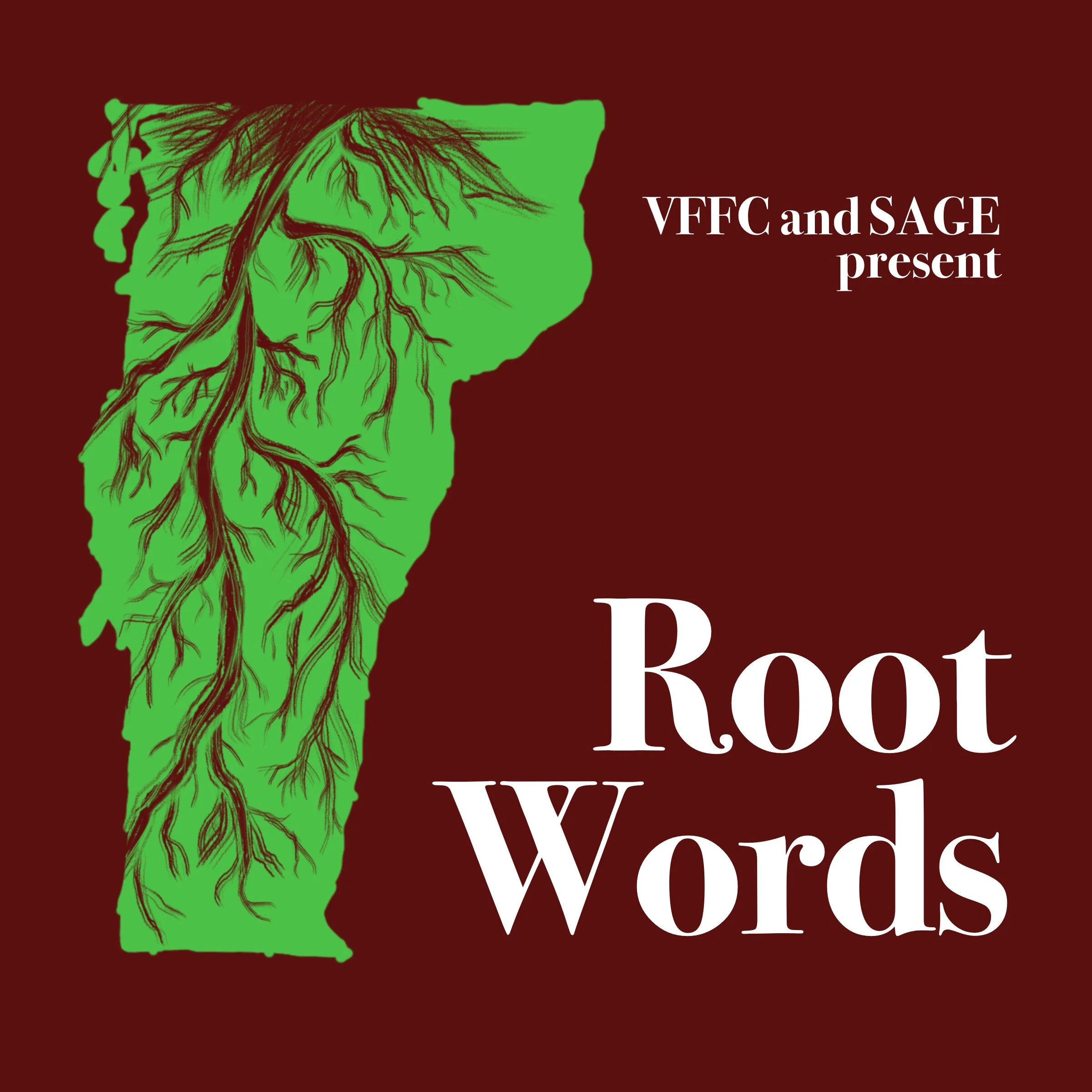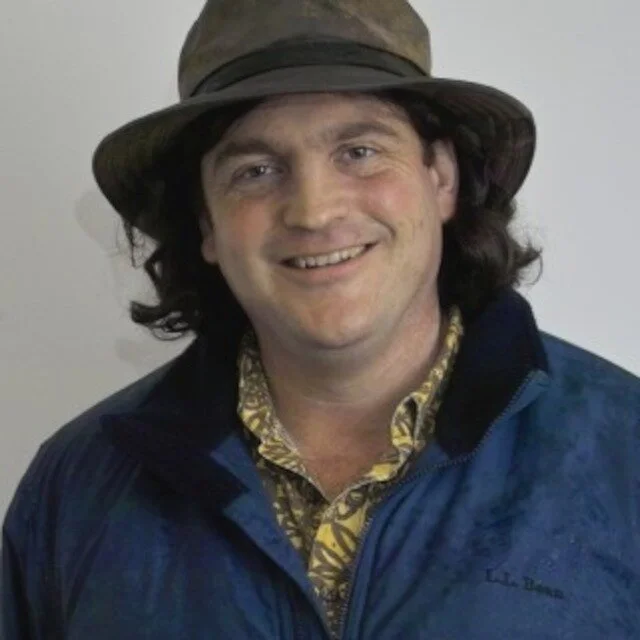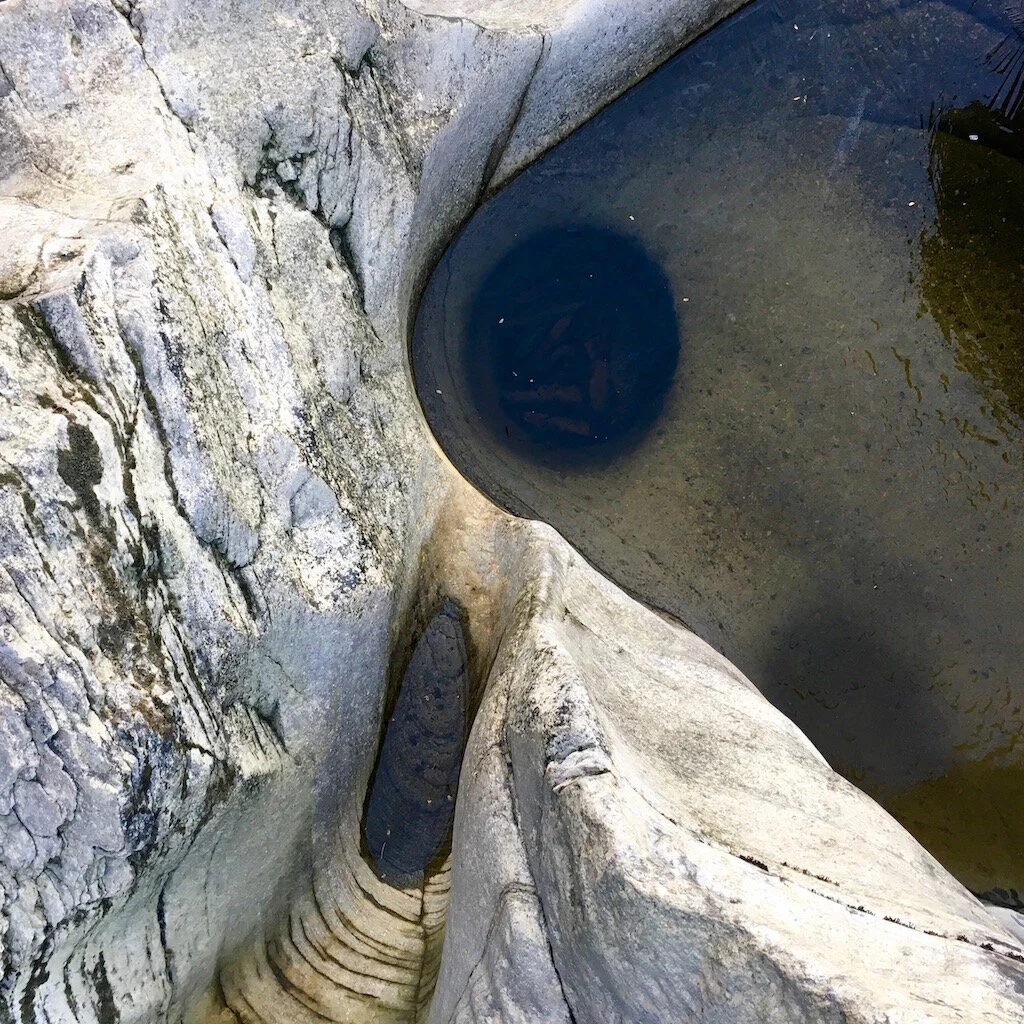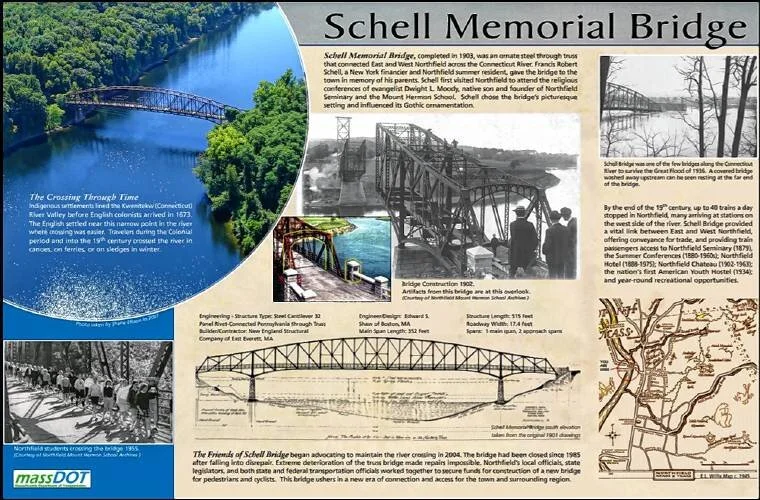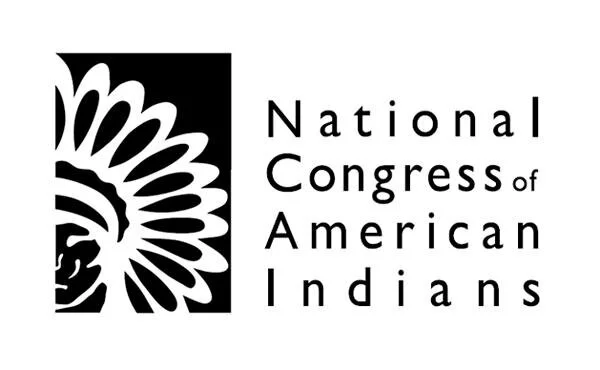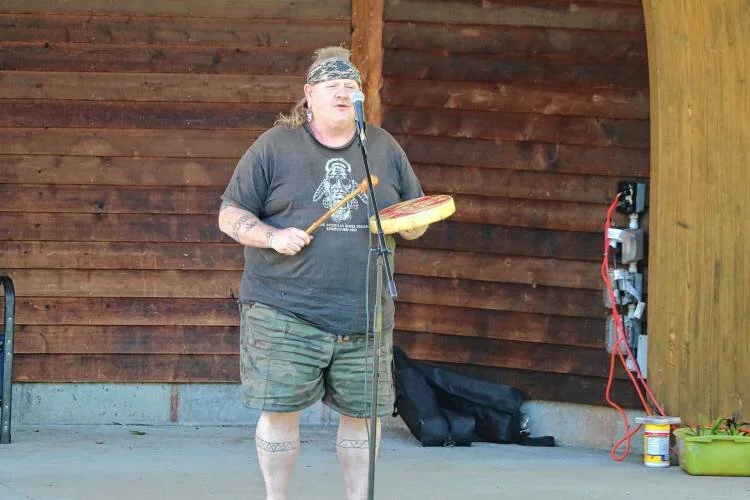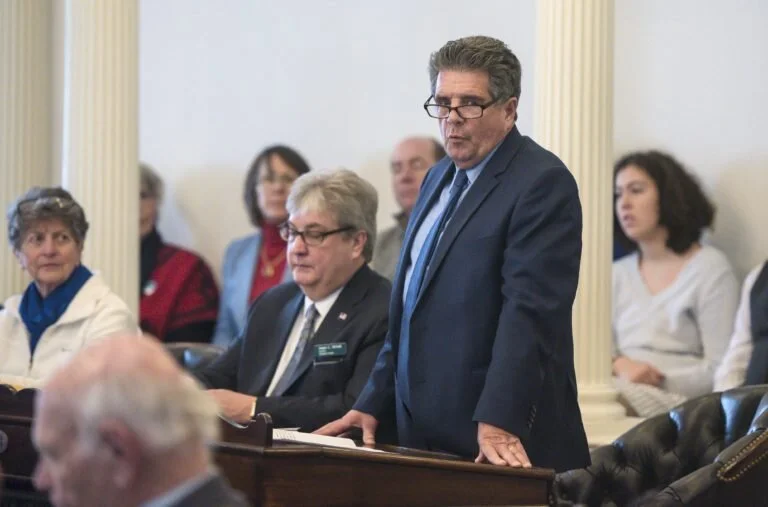Legal and Cultural Barriers to Indigenous Protection of Sacred Places
The following article describes situations and conditions that also exist here in N’dakinna - Abenaki homelands - and the Northeast in general, often with even less oversight and protection, due to a 400-year-deep history of colonization, erasure, and contemporary ignorance. Petroglyph sites, hydroelectric dams, and historic industrialization are graphic demonstrations that you don’t need to look beyond your own familiar landscapes to witness the pattern of usurpation and disregard. It’s all right here, now.
Indigenous Food Sovereignty in Vermont
On this episode of Root Words, We talk with Chef Jessee Lawyer, Professor Fred Wiseman, and Chief Don Stevens. And we’ll hear little about the Abenaki community’s connection to this land, game animals, and traditional food ways, and we’ll hear how these living traditions have continued to evolve and grow through contemporary times.
Anthropology Meets Oral History and Intersects With Living Abenaki Culture
In this episode Moccasin Tracks talks with Anthropology Professor Robert Goodby who is publishing a new book with the help of The Harris Center and Cheshire County Historical Society in New Hampshire. His students from Franklin Pierce University in Rindge, NH. have been part of his historical digs and findings.
Canoe Trip on Contoocook River Highlights Abenaki Tribes
Daryl Peasley of the Abenaki Trails Project looked around at the crowd and smiled. Peasley, along with Heather Mitchell, director of the Hopkinton Historical Society, combined to sponsor a paddle trip on the Contoocook River to highlight the history of Native American activities along the river.
Cecelia Brooks Teaches About Traditional Foods and Medicines
Cecilia Brooks is an elder of Wolastoqey, Mi'kmaq, Mohawk and Korean ancestry who calls St. Mary's First Nation home. She specializes in traditional plant knowledge.
Brooks grew up in different countries because her dad was in the U.S. military. He was her first teacher of traditional Wolastoqey knowledge, but she got her first taste of foraging from her Korean mom.
Connecticut River Flows Through Brattleboro’s History
Over the years the Connecticut River has been many things for those who have lived along the waterway. When the Abenaki were the only people here the river was used for transportation, trade, cultural gatherings, and food. The river was then known as Wantastegok and native crops were grown along the riverbanks. For the Abenaki the river is much more than recreation and entertainment, it is the basis of indigenous society.
Reclaiming a Connection to the Land
One initiative to help do so at Retreat Farm is the Atowi Project, named for an Abenaki word meaning “together in space and time.” The project, now being formulated, is intended to “establish places for Native voices to be amplified, celebrated, and respected” and “help restore the Native relationship to the land and its inhabitants and communicate these vital perspectives to the broader community.”
Hydroelectric Relicensure and Traditional Cultural Properties on Kwenitekw
Both hydropower companies, Great River Hydro in Vermont and New Hampshire and FirstLight Power in Massachusetts, were required to do a Traditional Cultural Properties (TCP) study, in addition to archaeology and historic building studies, to identify and address hydropower facility impacts to Native People’s cultural considerations. Regrettably, neither company has adequately engaged the Abenaki and other Native communities in this work.
VT Indigenous Heritage Center Aims To Break Stereotypes With Expanded Exhibit
On June 5, a newly expanded exhibit exploring the history, culture and present experiences of Native people in what we now know as Vermont opens at the Ethan Allen Homestead in Burlington’s Intervale. Vermont Indigenous Heritage Center coordinator Fred Wiseman says there’s a lot to see in this compact exhibit…. "But where it gets interesting,” Wiseman says, “is my favorite exhibit, the Abenaki in Vermont 1800-1970. Because that's a period people really didn't believe that Native people were in here at the time.”
Northfield Selectboard Backs Name for ‘Pauchaug-Schell Bridge Greenway’
Contemporarily, she said Northfield residents may think of Pauchaug in relation to the Pauchaug Brook Boat Launch. However, she said the whole area has “been known as Pauchaug for hundreds if not thousands of years.” The Pauchaug Brook Wildlife Management Area spans the territory from the east side of the Connecticut River in Northfield toward Routes 10 and 63, and up from the Pauchaug Ramp Road to the New Hampshire state line. According to Jacque, the Indigenous word “Pauchaug” also has multiple rough translations. One translation, she said, means “at the crossing,” while another translation means “at the clear place.”
The Nolumbeka Mishoon Project
The concept of building the Peskeompskut (Great Falls) mishoon (dugout canoe) began during a lunchtime conversation between David Brule and Jonathan Perry at the 2nd Street Bakery on 4th Street in Turners Falls following a monthly Battlefield Grant meeting. Two years later the actual construction of the 18-foot-long vessel was started at the 2019 Pocumtuck Homelands Festival with 55 consecutive hours of fire carving and scraping and the goal of launching it the following year as part of the 2020 festival.
Essay on the Events of May 19, 1676: the Attack at the Great Falls
“ For myself, I’d like to think that the memory of the place by the Great Falls is being re-examined through this joint town-tribal project for a reason….working to preserve the site has brought Northeastern tribal descendants and townspeople together…So long as we allow space for differences, and above all treat the people who perished here with the dignity and respect they did not receive in life, we will be making some advances towards healing and draw more meaningful lessons from this war.”
---Elizabeth James-Perry, Aquinnah Wampanoag artist and historian
NCAI Voices Support for Retirement of 'Rutland Raider Name
On Friday, the National Congress of American Indians sent a letter to the Rutland City Board of School Commissioners and Rutland City Public Schools administrators to reiterate its support of the board’s decision to retire the “Raider” name and arrowhead logo. A Washington, D.C.,-based nonprofit founded in 1944, NCAI is, according to its website, “the oldest, largest and most representative American Indian and Alaska Native organization serving the broad interests of tribal governments and communities.”
School Board Panel to Review Rutland Raiders Mascot Change
The Rutland Raider mascot is still up for debate. In the next several weeks, a new committee will decide whether the Rutland School Board adhered to its own rules when it voted last October to abandon the high school mascot and its arrowhead imagery. Committee members met for the first time on Tuesday. If the committee decides the board violated processes while deciding on the change, it could propose reinstating the Raider mascot.
Eugenics at UVM: Some Feel the Apology Wasn’t Enough
Brooks said he believes that educating people on the topic of eugenics is important during a time like this because it’s still so relevant in the community. “I think it’s important to understand that this is really a contemporary issue that we are dealing with right now and to urge everyone in our community to consider what can be done to help heal these wounds,” Brooks said.
National Group Weighs In on Rutland 'Raider' Name
NAGA’s involvement, however, does not always sit well with members of local Indigenous communities. In an email interview with the Herald, several leaders from Vermont’s various Abenaki Tribes commented on NAGA’s letter and the Rutland mascot issue in general.
Kihtahkomikumon, Our Land: #IsLandBack in Passamaquoddy Territory
In 2021, by an act of humanism, solidarity, and reparation, the Passamaquoddy tribe has been reunited with 140 acres of their unceded Ancestral territory – part of the largest island in Kci Monosakom, (Big Lake) Maine. To the Passamaquoddy people, it’s more than land return; it is the return of a stolen family member. In this short film, we join Passamaquoddy community members who are finally able to reunite with their non-human Relative.
'Land-Grab Universities' Thrived On Indigenous Land - Now Some Are Making Amends
Land-grant universities broadened access to higher education in the United States — but only at the expense of Indigenous Americans. Nearly 11 million acres of land were taken from tribes and Native communities to fund the universities, according to an investigation by High Country News. That investigation, published a year ago, has since won awards and sparked calls for change.
Moving Back Toward Balance: Community Remembers Great Falls Massacre 345 Years Later
Nipmuc Tribal Council member Liz “Coldwind” Santana Kiser: “This is a time when we can remember what happened on May 19, 1676,” she said. “It’s a horrific day for the Nipmuc people, but it’s a day that we can remember and we can reflect.” Santana Kiser emphasized the importance for the community to both remember the massacre, while also finding ways to move forward and work together with Native people.
Senate Votes Unanimously to Apologize for State-Supported Eugenics
Vermont should “sincerely apologize and express sorrow and regret” for its deadly role in the eugenics movement 100 years prior, the state Senate decided Wednesday. On a unanimous vote, senators gave preliminary approval to a joint resolution, J.R.H.2, that lays out the eugenics movement’s history in Vermont, the General Assembly’s role in supporting it and the harm that the movement caused to huge swaths of Vermonters.

